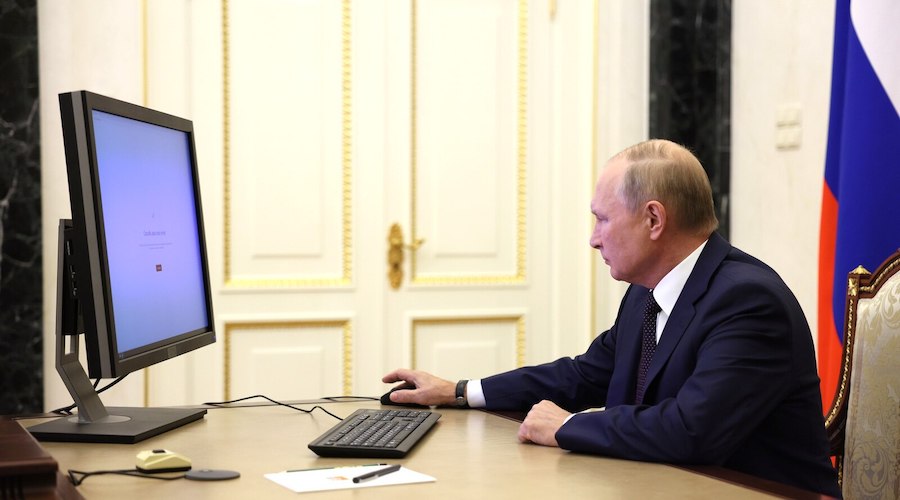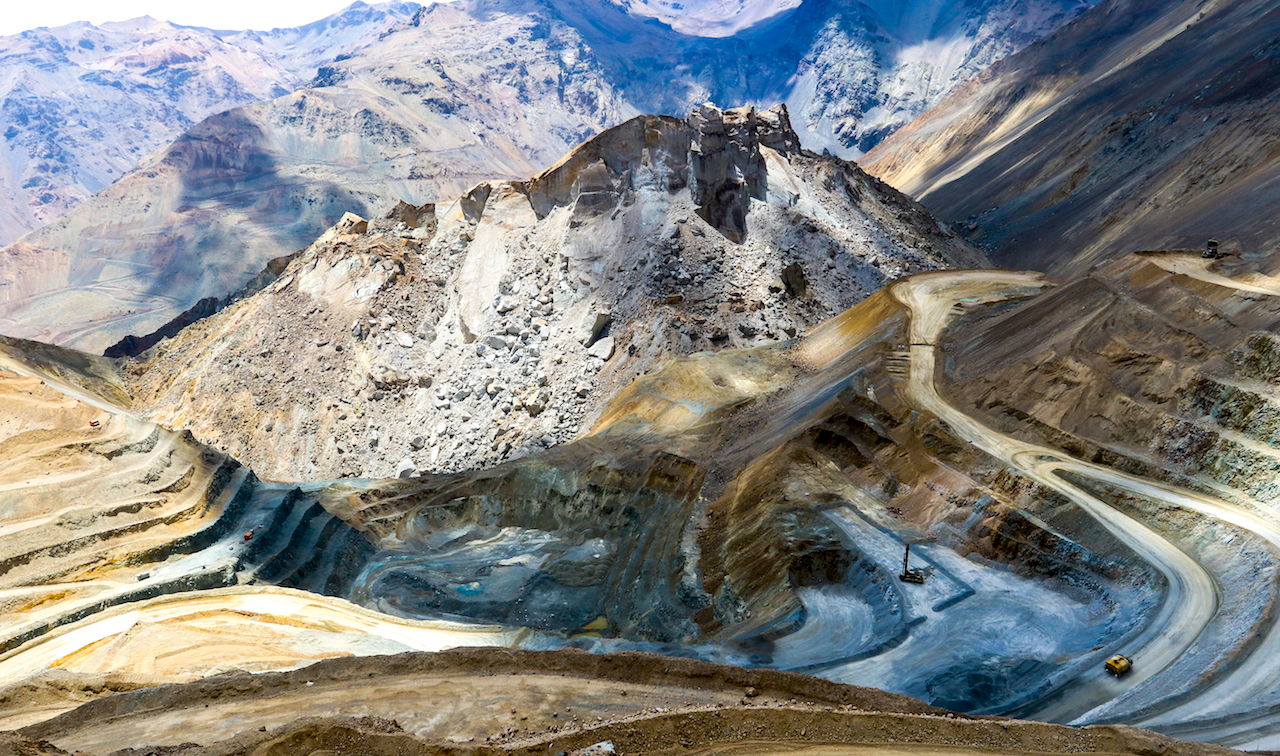Column: Nickel market no longer afraid of losing Russian supply

Russian president Vladimir Putin’s suggestion that Moscow should consider capping exports of nickel in retaliation for Western sanctions has been greeted with a collective shrug by the market.
The London Metal Exchange (LME) three-month price has managed a weak bounce through the $16,000-per metric ton level but the momentum is already fading.
This is a far cry from February 2022, when Russia first invaded Ukraine. Fears that metal from Russian giant Norilsk Nickel might have sanctions imposed generated a monster rally in 2022 that morphed into a full-blown meltdown of the LME nickel market.
But two and a half years is a long time in the nickel market. Instead of an acute supply deficit, there’s now a massive surplus. Prices have fallen to levels that are forcing many higher-cost operators out of business.
Even Norilsk’s high-purity refined nickel is rapidly being displaced by a new generation of Chinese and Indonesian producers.

From scarcity…
Back in 2022 the potential loss of Russian metal threatened to create a supply chain disaster for many Western consumers.
Not only was Norilsk Nickel a significant player with annual output of over 200,000 tons, but its Class I refined nickel was in heavy demand as the primary product for conversion into battery-grade nickel sulphate.
The scramble for high-purity nickel units had seen LME stocks fall steadily over the closing months of 2021 and available tonnage had dwindled to just 39,000 tons by the end of February 2022.
Although Indonesia was rapidly emerging as the world’s biggest nickel supplier, the country’s production was still largely in the form of intermediate products such as nickel pig iron that were better suited to stainless steel production than electric vehicle batteries.

…To glut
Things have changed dramatically over the last two years after Chinese producers made the processing leap of converting Indonesia’s relatively low-grade ore into Class I refined metal.
The LME has listed five new brands of Chinese nickel as “good delivery” against its contract. The first Indonesian brand was approved in May.
The effect has been a rapid rise in LME inventories, which have almost doubled since January to 123,726 tons. Another 65,000 tons were sitting in off-warrant storage at the end of July, according to the LME’s most recent monthly report.
The Russian component of on-warrant LME stocks has held steady at around 24,000 tons this year, while Chinese-brand inventory has mushroomed from 6,400 tons at the end of December to 42,738 tons at the end of August.
The first Indonesian metal has also started arriving at LME warehouses after the May listing of the “DX-zwdx” brand produced by PT CNGR Ding Xing New Energy. There were 3,186 tons of registered Indonesian metal at the end of August.
As a result, global exchange stocks have climbed to their highest level since September 2021 and there’s no end in sight to the near daily inflows at LME warehouses in South Korea and Taiwan.
Producer pain
The flood of surplus nickel has caused LME prices to trade at their lowest levels since early 2021.
The impact outside of Indonesia has been a lengthening list of price casualties.
BHP Group announced in July the suspension of activities at its Nickel West mines in Australia, operations that were once touted as the country’s new battery metals hub.
New Caledonian producer Koniambo shut down its furnaces at the start of this month as talks with potential buyers for Glencore’s stake in the company continue to drag on.
Madagascar’s Ambatovy nickel project, majority owned by Sumitomo Corp, has just filed a debt restructuring plan and Anglo American has hired financial advisors in a bid to off-load its Brazilian nickel mines.
The nickel market landscape has changed beyond recognition since early 2022. And with so much metal washing around the globe, who’s going to miss Russian supply?
Perfect storm
Norilsk itself has been caught up in what CEO Vladimir Potanin described as “a perfect storm” of low prices, higher interest payments on debt instruments and cross-border payment problems.
The company’s revenue fell 22% to $5.6 billion in the first half of 2024, while its core earnings decreased 30% over the same period to $2.35 billion.
Its nickel has already had sanctions imposed in the United States and Britain though not yet in the European Union.
Norilsk has responded by pivoting to Asian markets and is in talks with several Chinese entities about building a new nickel refinery in the country.
But does even China need more nickel? The country became a net exporter of refined nickel in the first half of this year for the first time this century.
Putin’s warning about capping exports wasn’t just about nickel. Titanium, uranium and diamonds were also mentioned, all with the key caveat that “we just mustn’t do anything to harm ourselves”.
Nickel’s reaction to the news suggests Russia may want to consider one of the other options if it wants to retaliate against the West without hurting its own producers.
(The opinions expressed here are those of the author, Andy Home, a columnist for Reuters.)
(Editing by David Evans)
More News
{{ commodity.name }}
{{ post.title }}
{{ post.date }}

Comments